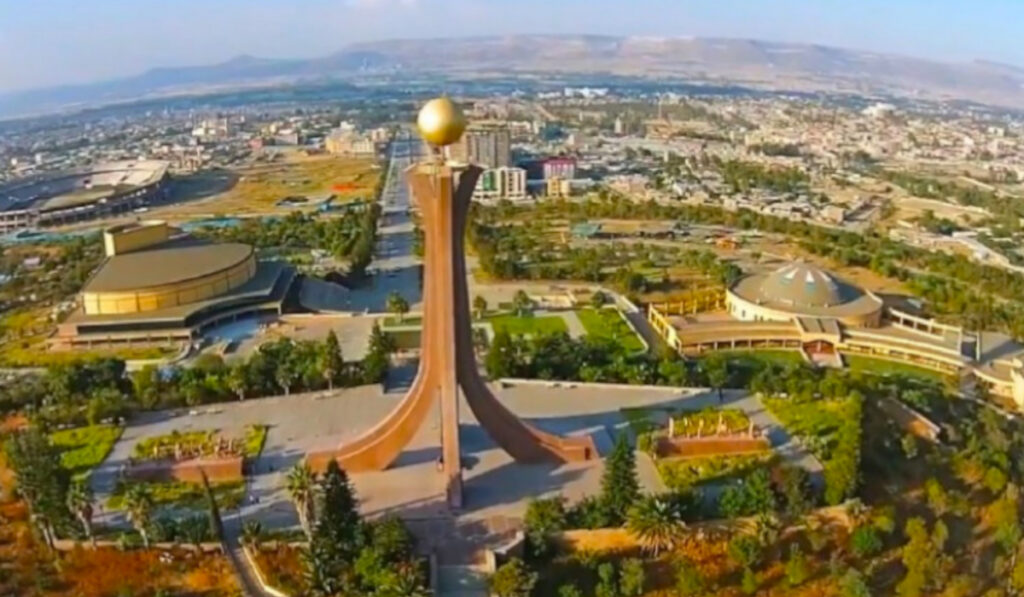Zero Dark Thirty: Cinema with a gritty conscience
Andrew DeCort
Zero Dark Thirty is a heart-pounding, thought-provoking thriller about the CIA’s decade-long hunt for Osama bin Laden. The film’s Oscar-nominated, controversy-igniting genius is that it marches toward an open question rather than a triumphant conclusion to such historic events. Throughout, the movie respects its viewers and requires our analysis and judgment.
The opening minute of Zero Dark Thirty is important. The screen is empty – a black background upon which the white words “September 11, 2001” flash, immediately followed by recordings of emergency mobile calls from the burning World Trade Center towers. One woman hysterically asks the emergency operator, “Are you going to be able to get someone up here?” The operator soothingly replies, “of course we are.” A second later the line goes dead, and everyone knows what’s happened. In these first 60 seconds, the director Kathryn Bigelow silently tips the viewer that Zero Dark Thirty will indulge in no easy answers or therapeutic lies as it explores this monumental manhunt.
The film abruptly jumps ahead two years later to a CIA “black site” in the middle of a desert. In a dirty container, Dan (Jason Clark) is torturing Ammar (Reda Kateb) for information on Osama bin Laden, while a figure with a black ski mask stands by and watches. Outside the torture room, the mask comes off and we’re surprised to meet Maya. Masterfully played by Jessica Chastain, Maya is a steely CIA analyst which the rest of the film will follow like a ticking time bomb of building tension as she painstakingly pieces together fragments on bin Laden’s whereabouts by tracking his chief courier, Abu Ahmed. It’s important to notice that when we meet her, Maya is masked and indistinguishable from assistants to a morally ambiguous interrogator/torturer who eventually abandons his dehumanizing work for “something normal.”
Zero Dark Thirty – military slang for the dark hours between midnight and morning – is filled with this kind of masked ambiguity, striking contrasts, and implicit questions. For example, further into the film, Maya talks with a colleague as a TV in the background shows an interview with President Obama in which he resolutely states, “I have said repeatedly that America doesn’t torture,” which he claims is “part and parcel of an effort to regain America’s moral stature in the world.” Maya’s face is tense but expressionless. Is she surprised, relieved, disenchanted? Is the scene meant to satirize or celebrate symbols of “change,” “hope,” and “moral stature”? We’re not told. The viewer has to pay attention and decide for him- or herself.
The last 25 minutes of Zero Dark Thirty physically encompass the viewer in the ambiguity the film has been building as it rushes toward its ending. Shot in green night vision, the camera shakes as we follow the Navy SEALS onto stealth helicopters and into bin Laden’s compound. Each move is fraught with suspense and questions as an unarmed woman is shot, children weep, bin Laden is killed, and the Pakistani air force gets closer.
When bin Laden’s corpse is returned safely to the US base in Afghanistan, there’s virtually no celebration – no triumphalism. The next morning, Maya gets on an empty plane by herself, and the pilot asks her, “Where do you want to go?” Maya doesn’t answer but closes her eyes and begins to cry.
Is she relieved? Is she unsure of the last eight years? Does she – and her country – have a way forward now that the enemy has been killed? We’re left to wrestle with these uncertain but important questions.
This is cinema with a gritty conscience.
Editor’s Note: we are delighted to welcome a new and exciting addition to the columns: ‘Movie Review’ by Andrew DeCort. Currently Andrew is a PhD student in Ethics at University of Chicago. He can be reached at adecort@uchicago.edu





